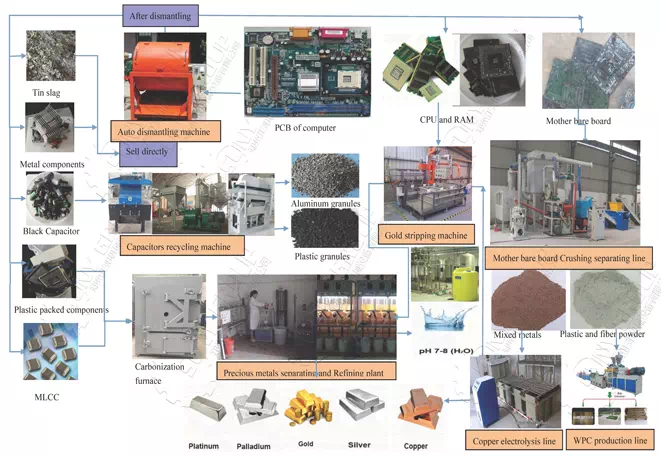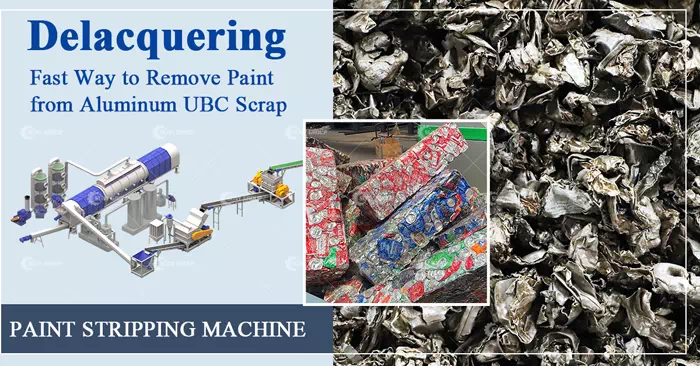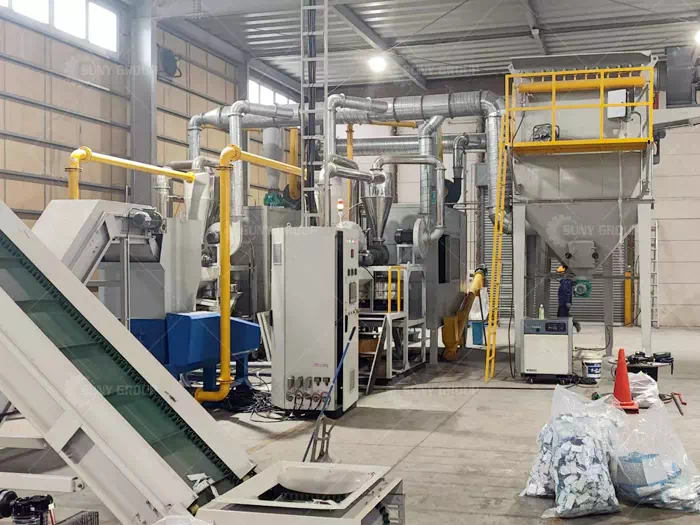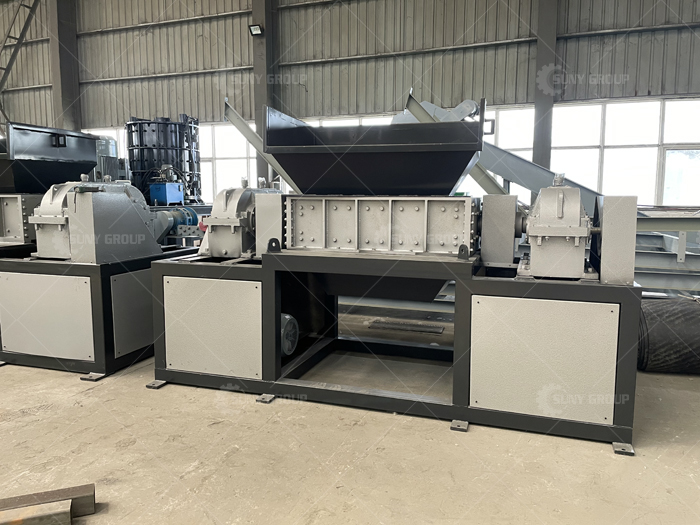Effective recycling and disposal of solar panels at the end of their life becomes especially important. Below is information about solar panel dismantling, shredding, sorting, and recycling equipment:
Automated solar panel dismantling equipment/production lines:
These can be supplied as fully automated production lines or as stand-alone machines.
The “Heated Blade Separation Method” (patented technology) is used to automatically separate glass from other materials.
Stand-alone machines including Frame Separators, J-Box Separators, and Glass Separators are available upon request.
Processing time is about 60 seconds per panel, and it is suitable for various domestic/imported crystalline silicon solar panels.
By the heated blade separation method, glass can be separated from metal without crushing, realizing full recycling of both glass and metal.
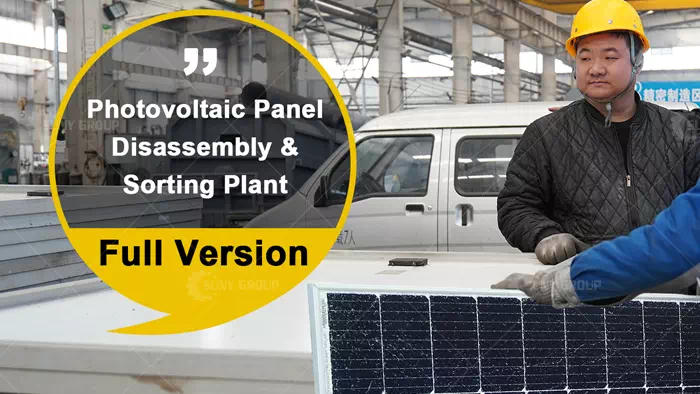
Photovoltaic Panel Disassembly Sorting Plant
Semi-automatic frame and J-Box separator:
Can automatically separate four frames and one J-Box at a time.
Can be loaded onto a truck for on-site operation, thereby reducing transportation costs.
Processing time is approximately 40 seconds and uses only electricity to separate and collect aluminum and copper on the truck.
Solar panel recycling process:
First, the aluminum frame of the solar panel is removed.
Then, the glass is crushed and removed using special crushing equipment.
The glass is collected separately, while the rest is crushed and sorted to completely separate the internal metal and scrap metal material.
These technologies help to achieve sustainable management of solar panels, reduce environmental impact, and save valuable resources. If you need more detailed information, please feel free to contact us!




